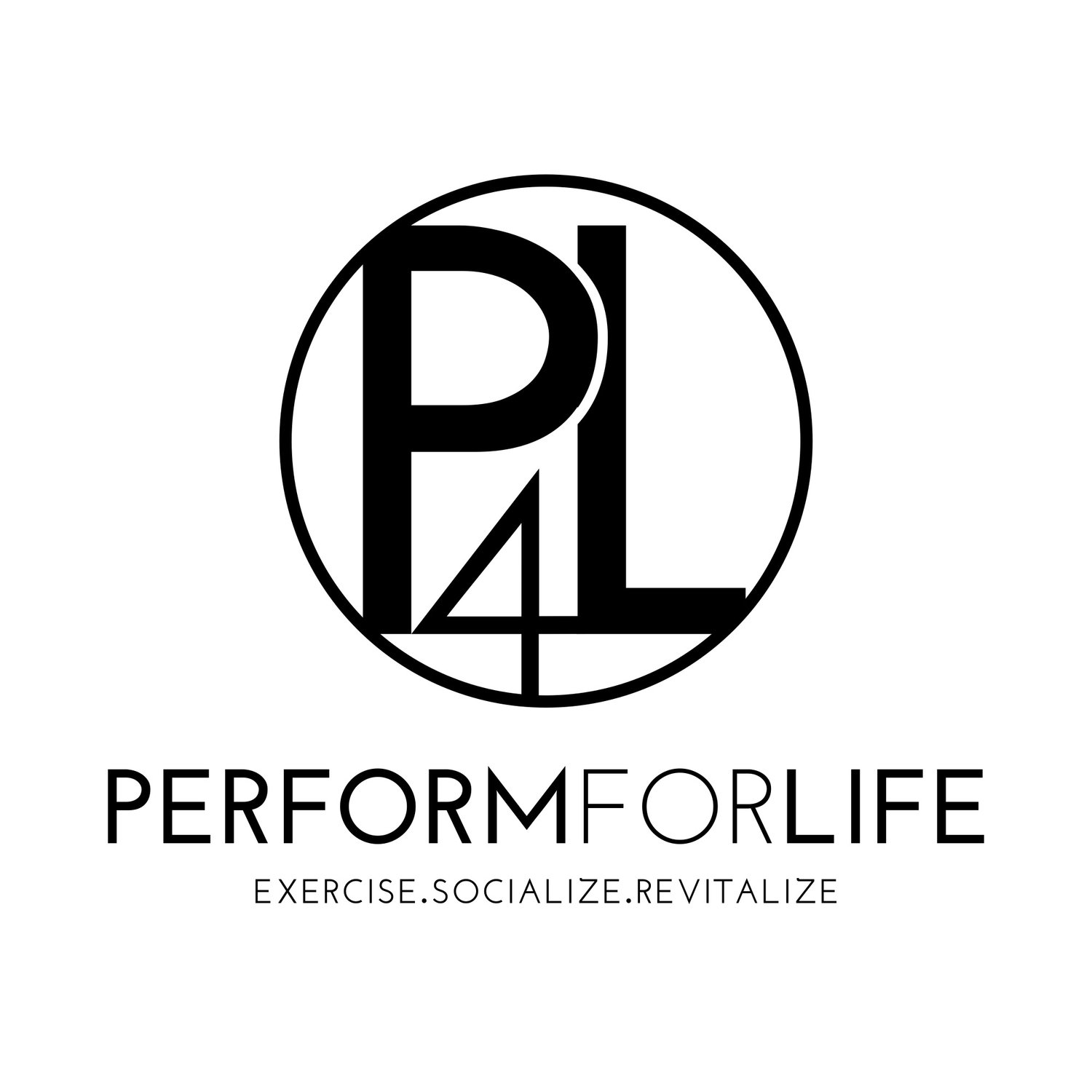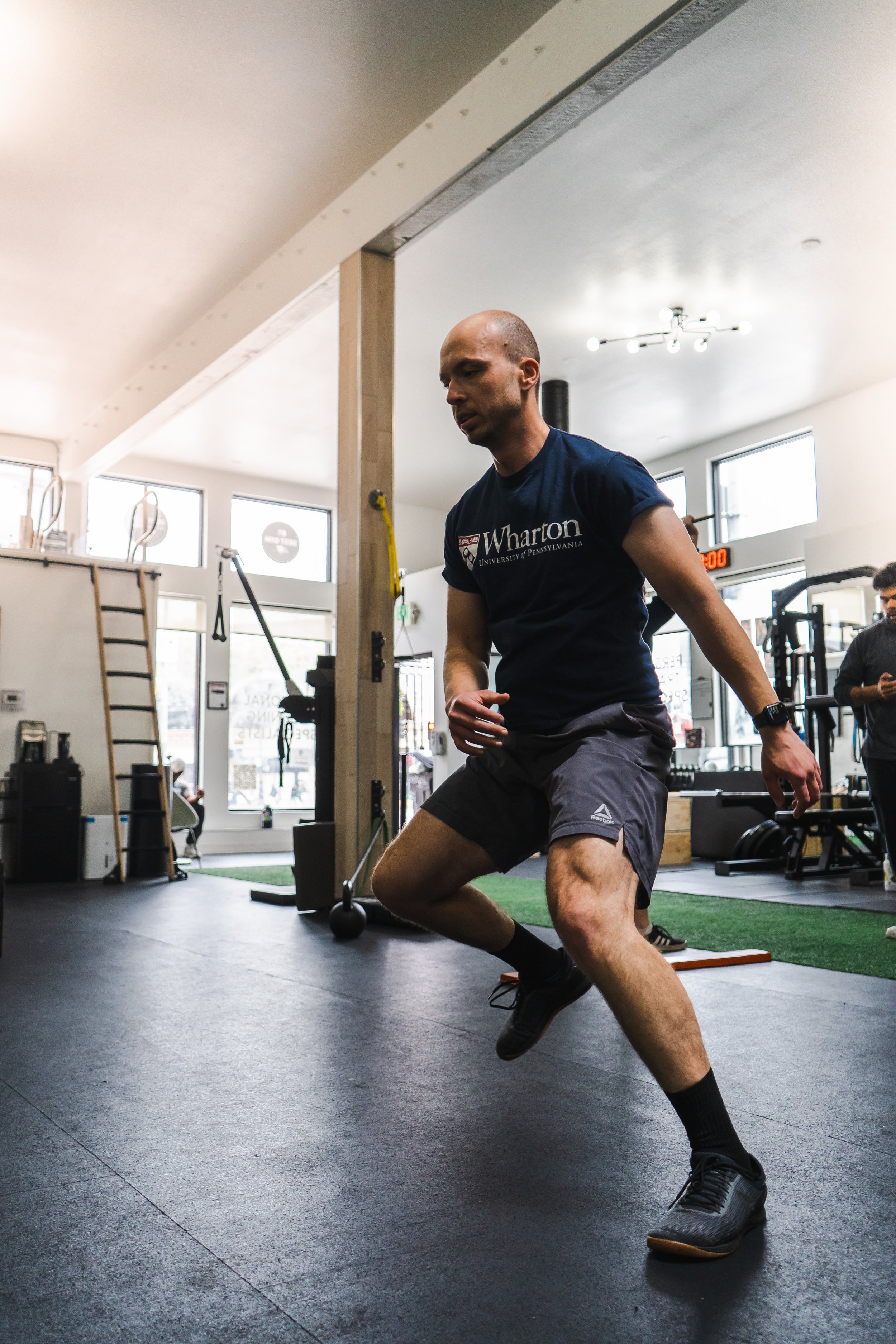How P-DTR Can Help You
What is P-DTR?
P-DTR stands for Proprioceptive Deep Tendon Reflex. The technique of P-DTR optimizes the functioning of the human nervous system, resulting in increased performance and decreased pain and dysfunction. P-DTR is different from many other techniques because it deals directly with the nervous system and allows us to make right a multitude of possible dysfunctions in the nervous system. Most techniques work indirectly on the nervous system, whereas P-DTR is much more targeted.
What is a Proprioceptor?
A proprioceptor is a sensory receptor (part of the nervous system) that receives stimuli from within the body. We have many different types of proprioceptors – some that sense pressure and touch, others that sense temperature changes, some monitor the body’s position in space, and others communicate potentially hazardous or painful stimulus. The brain then interprets this information and organizes the nervous system response accordingly. This is great when there is no negative proprioceptive information present, but when the proprioceptors communicate that there is an injury or excess stimulus, it will start organizing movement sub-optimally. Doing so can negatively affect movement quality - at best making it inefficient, and at worst causing someone to experience substantial discomfort and weakness.
Nearly every time the body is injured, there is a proprioceptive component to the injury. For instance, if you cut your hand, tissue damage obviously occurred - we’ll refer to this tissue as the “hardware” of the human body. However, there will also be trauma to the proprioceptors - we’ll call these the “software” of the human body. In this case, the proprioceptors that transmit noxious stimuli will be aggravated when the cut occurs. Fast forward three weeks: the cut is healed, but the strength in the hand is not quite where it used to be. In this case, the hardware issue has healed, but there is still the software component of the dysfunctional proprioceptors. Despite the fact that the laceration has healed, the proprioceptors are still communicating to the brain that there is an injury. The result of this proprioceptive feedback is impaired function of the hand. Prior to my training in P-DTR, I would view this issue as a strength problem - “the hand is still weak, so let’s strengthen it back up!” But strength isn’t the problem in this instance, the information the proprioceptors send to the brain is. By using P-DTR, we can directly address the issues in the software - that is, the proprioceptors - and in doing so, normalize the function of the hand, or any given dysfunctional muscle.
The technique is fast, efficient and very effective. Whether it’s a client looking to recover from an injury or a client looking to optimize their performance, P-DTR has been a game changer in my practice. Here at Perform for Life, we have 3 clinical bodyworkers that are trained in P-DTR techniques - Austin Villamil, Bob Gazso, and myself. If you would like to experience the benefits, we'd love to schedule an appointment with you.











